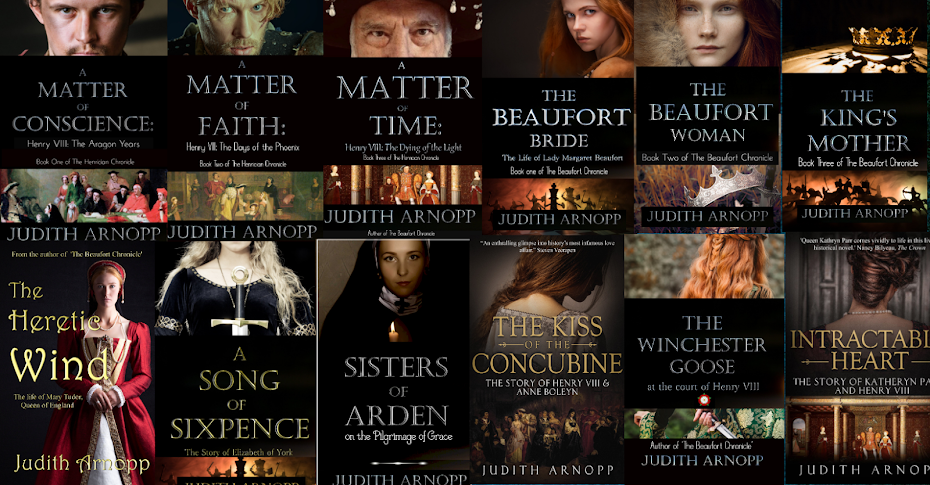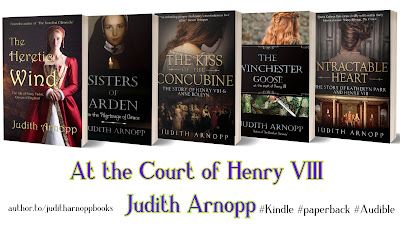I have lived in Wales for more than twenty years now and, although I am still stumbling upon new treasures, there
are some places that I find myself returning to time and time again. One of my
favourites is Tretower Court. It sits in
the green Usk Valley between Abergavenny and Brecon, seemingly untouched,
timeless.
When compared with the tourist
hot spots like Pembroke and Conwy castles the site is small but this simply
adds to the atmosphere. The noise of the traffic dwindles and all you can hear
is birdsong and the sporadic bleating of sheep. A few years ago Tretower was
little known and I’d find myself the only person there, with the ghosts of the
past whispering in my ear.
Tretower marks the period when
castles were abandoned in favour of more comfortable, less fortified homes. There
are two distinct sites at Tretower, each as valuable in their own way as the
other: the later medieval house and, two hundred yards to the north-west, the
remains of the 12th century castle stronghold, the round tower being added
later in the period.
Although the more domestic Court
building was erected early in the fourteenth century, later additions to the
Tower suggest that the stronghold was not entirely abandoned at this time.
Should the house have come under attack the inhabitants would simply gather up
their possessions, round up the livestock, and take cover behind the
impregnable walls of the tower.
The earliest part of medieval
house is the north range, which dates from the early fourteenth century. The
masonry and latrine turret on the west end may even have been built as early as
1300. The four major phases of building can clearly be seen from the central
courtyard as can the later modifications added as late as the seventeenth
century. As you move from room to room, duck through low doorways, climb
twisting stairways and creep into the dark recesses of the latrine turrets you are
not alone. So much has happened here, so many people have passed through, so
much laughter has rung out and so many tears have fallen. It is a jewel for any
writer, I can smell the stories still waiting to be told.
A motte and bailey was raised by
a Norman follower by the name of Picard. The property passed through the
family’s male line until the fourteenth century when it moved, via the female
line, to Ralph Bluet and then, again through the marriage of another daughter,
to James de Berkeley.
His son, also James, became Lord
Berkeley on the death of his uncle. Tretower was later purchased from James by
his mother’s husband, Sir William ap Thomas. Sir William’s second wife,
Gwladys, gave him a son, William Herbert, later the earl of Pembroke, who
inherited both Tretower and Raglan Castle on his father’s death. Tretower was
later gifted to William’s half-brother, Roger Vaughan the younger, around 1450.
Herbert and Vaughan both played important
roles during the Wars of the Roses. William Herbert was both friend and advisor
to Edward IV and his career prospered until 1469 when he was executed following
the Yorkist defeat at Edgecote.
Roger Vaughan, who was
responsible for most of the major reconstruction of Tretower Court, was
knighted in 1464, and present as a veteran at Tewkesbury and finally captured
at Chepstow. There, he was executed by Jasper Tudor in an act of vengeance for
beheading his father, Owen Tudor, ten years previously. Tretower remained in
the possession of the Vaughans until the eighteenth century when it was sold
and became a farm.
Years of neglect and disrepair
followed and it was not until the twentieth century that preservation and
repair work began. The reconstructions at Tretower
are beautifully done, the living history displays that take place there
providing deeper knowledge of how the dwelling was utilised.
The garden with its relaxed
medieval planting is as beautiful as any I have seen is this country. Laid out
and designed by Francesca Kay, it has a covered walk way, tumbling with red and
white roses, fragrant lavender, aquilega, foxgloves and marigold sprawl beside
a bubbling fountain in the midst of a chequered lawn.
I spent a long time here on a warm
Sunday morning in July, wandering through the rose arbour, lingering in the
orchard before returning to the house. As I progressed along the dim corridors
I could almost hear the skirts of my gown trailing after me on the stone
floors. I paused, and time was suspended as I looked through thick, green glass
to the courtyard and garden below.
If you ever have the good fortune to visit
Wales, make the time to call in at Tretower and don't forget to bring a picnic
and a blanket for I guarantee you will want to linger.
More information about Judith Arnopp and her
books can be found on her website:
http://www.judithmarnopp.com
or her author page author.to/juditharnoppbooks
























